How To Tell If My Heat Exchanger is Cracked? [With Pictures]
A cracked heat exchanger is a big problem for homeowners! It is not something you want to deal with on your own, and if it goes unresolved, the consequences can be disastrous. Here are some critical things to know about cracks in heat exchangers and how best to address them when they arise. So let's get into it!
What Is A Heat Exchanger?

Heat Exchanger
For starters, what is a heat exchanger ? Every gas furnace has at least one heat exchanger. The heat exchanger is a set of metal coils in the furnace that are warmed directly by combustion gas and fire. It is used to transfer the heat from the exhaust fumes / flue gas into your house without passing on any harmful gases!
Primary Heat Exchanger

If your furnace is 70%-80% efficient, then you have only one heat exchanger. High-efficiency furnaces (90+%) contain a primary and secondary heat exchanger. The primary heat exchanger is the area that has the hottest flue gas and it is located near the burner.
Secondary Heat Exchanger
If you have a high- efficiency furnace (90%+) then you also have a secondary heat exchanger. The secondary heat exchanger is where the flue gas undergoes further heat exchange and water vapor forms. After exiting the primary heat exchanger, the burning gas proceeds to the secondary heat exchanger. As water is changed from a vapor to a liquid, it releases more heat into the secondary heat exchanger. This is what makes the furnace even more efficient.
Now, you may wonder what's the big deal with a small crack in your furnace heat exchanger. So let's get down to business.
Is A Cracked Heat Exchanger Dangerous?
You're likely questioning whether a simple heat exchanger crack is dangerous or if the matter can be ignored? One thing's for sure a cracked heat exchanger is a silent death trap. If there is a heat exchanger crack, it can cause carbon monoxide gas (CO) to leak out of your gas furnace. Picture this, one minute you are sitting in your living room, and the next, blackouts all around! All because of this little piece that has been left unattended for too long. If it's not replaced soon, then be ready to say goodbye to life as we know it - without any warning at all! Bottom line: this natural gas is poisonous and can be fatal. Carbon monoxide poisoning manifests as unexplained headaches, dizziness, nausea, breathlessness, strange collapses, unconsciousness. tiredness, and problems with your eye sight.

How Do I Know If I Have A Cracked Heat Exchanger?
Surprisingly enough, one of the most frightening things is that you won't know if you have a cracked heat exchanger. When a crack occurs, usually there are no early warning signs until it has become nearly fatal. Your furnace might stop working if you're lucky, but most often, it will keep running even with a crack, allowing carbon monoxide to seep into your house. The only signs that you have a damaged heat exchanger is either no heat during the winter, reoccurring flu-like symptoms, or a beeping carbon monoxide detector. But not everyone is lucky enough to be given a warning sign.
Carbon Monoxide Detector Goes OFF
You may hear the carbon monoxide (CO) detector go off. You should be aware that if your CO detector goes off, your unit is not only leaking; it is probably releasing quite a bit of CO. Normally, CO detectors sound an alarm at high levels. Seriously, do not ignore an alarm from your CO detector! The majority of CO detectors have a high limit before they go off, and many do not even go off at all. CO detectors have an expiration date, so if yours is over five years old you should replace it.
Household Members Experiencing Flu-Like Symptoms
In the worst-case scenario, your cracked heat exchanger could be leaking carbon monoxide, and your detectors fail to detect it. Pay attention if anyone in your home develops headaches or flu-like symptoms without a clear reason. Carbon Monoxide exposure causes headaches, drowsiness, dizziness, nausea, and breathlessness, as well as collapse and unconsciousness and problems with vision. Elderly individuals, small children, and pets are especially vulnerable to carbon monoxide poisoning. We advise households with pets, small children, or elderly adults to use two carbon monoxide detectors.
Your Furnace Is Not Producing Any Heat
Look at it this way, if your furnace stops working because of a crack in your heat exchanger, consider yourself fortunate! The inconvenience of a broken furnace is nothing compared to the danger of a CO leak. An air leak in your furnace's heat exchanger could prevent the fire from burning in the firebox and blow it into the burner chamber. Depending on your furnace, it may shut off once a flame rolls out of the burner chamber, thanks to a safety detector called the Flame Roll out Safety Detector. It is important to note that this does not happen in every case of cracked heat exchangers. This is only the second best-case scenario; (the first-best option is to get annual furnace maintenance on your unit so that your technician catches the cracks before any issues can surface). If your furnace stopped working, you explore other common reasons your furnace won't turn on here.
How Does An HVAC Pro Know I Have A Cracked Heat Exchanger
Professional-Grade CO Detector

Now, you may be wondering how a technician's CO detector is different from your's at home.
Even though many homes have CO detectors, most fail to go off until a dangerous level of CO has been released. Unfortunately, a store-bought CO detector is not sensitive enough to detect chronic low-level exposure. REMEMBER, CO at chronic low levels is still harmful! A professional Carbon Monoxide detector picks up low traces of CO before they accumulate to more sickly and deadly levels.
Combustion Analyzer

As you know, potential CO sources are numerous. Just because you may find a CO leak, doesn’t mean it’s coming from your furnace- it could be from your water heater or stove! This is why a Combustion analyzer is a very important tool.
A combustion issue in your furnace is a sign your heat exchanger is cracked. The combustion analyzer determines efficiency of fuel-burning appliances, by calculating the temperature and levels of oxygen and CO. It can be used on boilers, heaters, furnaces, kilns, and engines. If the combustion analyzer determines your appliance does not meet the manufacturer specification level of efficiency, then you have a combustion problem. A combustion problem in your furnace is a solid red flag that you have a cracked heat exchanger.
Why? Let’s break it down:
Combustion problems arise due to airflow issues. Not enough air flow can cause incomplete combustion. Restricted air flow can result from clogged air filters, blocked vents, and dirt build up. This makes the burners run hotter and longer. In turn, excess heat causes your heat exchanger to crack. Also, existing cracks in your heat exchanger can also create extra air in the combustion area which can cause extra CO to spill out. Both of these airflow issues cause incomplete combustion and are indicators of cracks in your heat exchanger.
Infrared Camera

HVAC Pro finds rust on the heat exchanger during furnace tune up
Video inspection is done using a high resolution infrared camera, which slides inside the furnace. With this technology, the technician is able to see holes, cracks, or corrosive damage inside the furnace. Without a camera, identifying cracks or holes based on the technician's visual observation is less reliable.
What Causes Cracked Heat Exchangers
So let's get down to business. What causes a cracked heat exchanger? Simply explained, a heat exchanger cycles through being heated and cooled. This intended cycle makes the component's metal constantly expand and contract. Over time this wears out the heat exchanger. Eventually, the metal will crack as a result of stress and fatigue. Even if your furnace is in good condition, cracks are inevitable after years of normal wear and tear.
If you maintain your furnace well through its life, you can prevent those cracks from appearing for a considerable amount of time. Cracks in the heat exchanger can develop much faster if your furnace is poorly maintained or improperly installed. Now let's take a closer look at what causes a cracked heat exchanger.
Age

rusted and cracked heat exchanger
For starters, the age of the equipment is a significant factor. The wear and tear of years on your furnace will naturally lead to cracks over time. If your furnace is aging, then it may be a good idea for you to check the age of its heat exchanger. Heat exchangers last from 15-18 years, so if your heat exchanger is aging, it may be time to replace it. It is impossible to repair a cracked heat exchanger. The only solution is replacing the heat exchanger (which is very expensive) or replacing the entire furnace.
AC Leaking Water
water overflows from Evaporate Coil primary drain pan
As you know, it is never a good sign when unexpected water appears. The moment you notice any water coming from your furnace or AC, you should call an HVAC professional right away. Ignoring a leaking furnace or AC will result in internal equipment damage. Because the indoor air conditioning unit is typically situated on top of a furnace, a leak causes water to seep inside the furnace and form rust. The rust formed from dripping water will lead to your heat exchanger cracking in the future. Your AC can leak for multiple reasons- check out our blog post to understand why !).
Dirt & Deterioration

rusted and cracked heat exchanger
The reality is unless your HVAC system is well maintained, dirt, dust, corrosion, and rust will develop on many components, including the heat exchanger. Over time, natural decay eats away at the metal, although deterioration is accelerated when proper cleaning is neglected. As dirt and deposit accumulate,the air filter, blowers, and coils become clogged. As a result, air cannot pass through to be heated. Because of this, the burners continue to emit heat without anything being able to absorb it. When this happens, the heat exchanger itself starts to crack and splinter.
In addition to cleanliness and upkeep, furnace maintenance is important to ensure that every part is working properly. Unfortunately, it is possible for the valves that regulate the heat exchanger to wear out as well, contributing to cracking. Due to this, the heat exchanger can handle less pressure. In order to make sure the heat exchanger remains in proper condition and is safe to use for the fall, HVAC experts advise yearly furnace maintenance. Learn more about what a furnace maintenance includes here.
Improper/ Poor Air Flow

Here's the thing, airflow is vital to the health of your HVAC system. When your furnace is not getting enough air flowing into it, the furnace will overheat. Furthermore, this overstresses the metal in the heat exchanger, forming cracks. This can happen if your air filters are dirty or your registers are blocked. To help prevent this from happening, keep them clean through maintenance and changing your air filter quarterly.
Your Furnace Is Not Sized Properly
Perhaps unsurprisingly, if you have an improperly sized furnace, your heat exchanger will crack much more quickly than a correctly sized furnace.
Undersized Furnace
A furnace that is too small for your home will cause airflow problems, which will lead to overheating. When your furnace overheats, it causes your heat exchanger to crack much quicker than it would if your furnace was sized correctly for your home.
Oversized Furnace
As you know, furnaces have to be powerful enough for the size of your home. But when a furnace is oversized, it goes through frequent on-and-off cycles, which causes your heat exchanger to expand and contract more often than it should. As a result, the constant fluctuation wears your heat exchanger out before its time.
Another issue that results from an oversized furnace is condensation. With an appropriately sized furnace, condensation will form inside your heat exchanger when you first turn it on, and after a few minutes, the condensation evaporates. However, because an oversized furnace will turn on and off too frequently, it does not allow enough time for the condensation to evaporate. Over time, this condensation can rust out your heat exchanger's walls. Rust and corrosion deteriorate the heat exchanger, leading to cracks and holes.
How Much Does It Cost To Repair or Replace My Damaged Heat Exchanger?
OK, I know what you're thinking. What are my options? And how much will this cost me? Unfortunately, there is no way to patch or seal cracks in a heat exchanger; therefore, repair is not an option. Replacing the part can cost several thousand dollars and is only recommended if your HVAC system is newer with an existing warranty on the heat exchanger. You should be aware that you can expect pretty high labor costs when replacing this item, even if it is covered by the original warranty. This is because, since the heat exchanger is situated in the middle of the furnace, the entire furnace must be disassembled in order to replace the heat exchanger. In light of the high cost, we advise furnace replacement , especially if your current furnace is 10 years old or more.
How Can I Prevent a Cracked Heat Exchanger?
The primary way to avoid problems with your heat exchanger or other HVAC components is by having an annual inspection and servicing performed by a qualified professional. During the yearly furnace tune up, the HVAC pro will inspect for cracks in your system before they turn deadly. Remember that there are rarely indicators of cracked heat exchangers until it's too late! You'll also find these inspections help prevent traditional causes that lead to a cracked heat exchanger, such as clogged filters and blowers.

HVAC Specialist inspecting the heat exchanger during a furnace tune up.
An annual check-up with our experienced professionals is the best approach to preventing problems with the heater exchanger or any other part of your complex heating system. It is the perfect opportunity to confirm or correct the condition of your HVAC system. Learn how a furnace tune up can protect your home and how you can provide maintenance for your furnace on your own here.
And if you are moving into a new home, it is important to get an HVAC inspection before you negotiate your contract terms. While the standard home inspection is important, the home inspector is not an HVAC pro and will not be able to tell you if you have a cracked heat exchanger before you move in. Many times when you have a cracked heat exchanger it is more cost effective to replace your entire HVAC system.


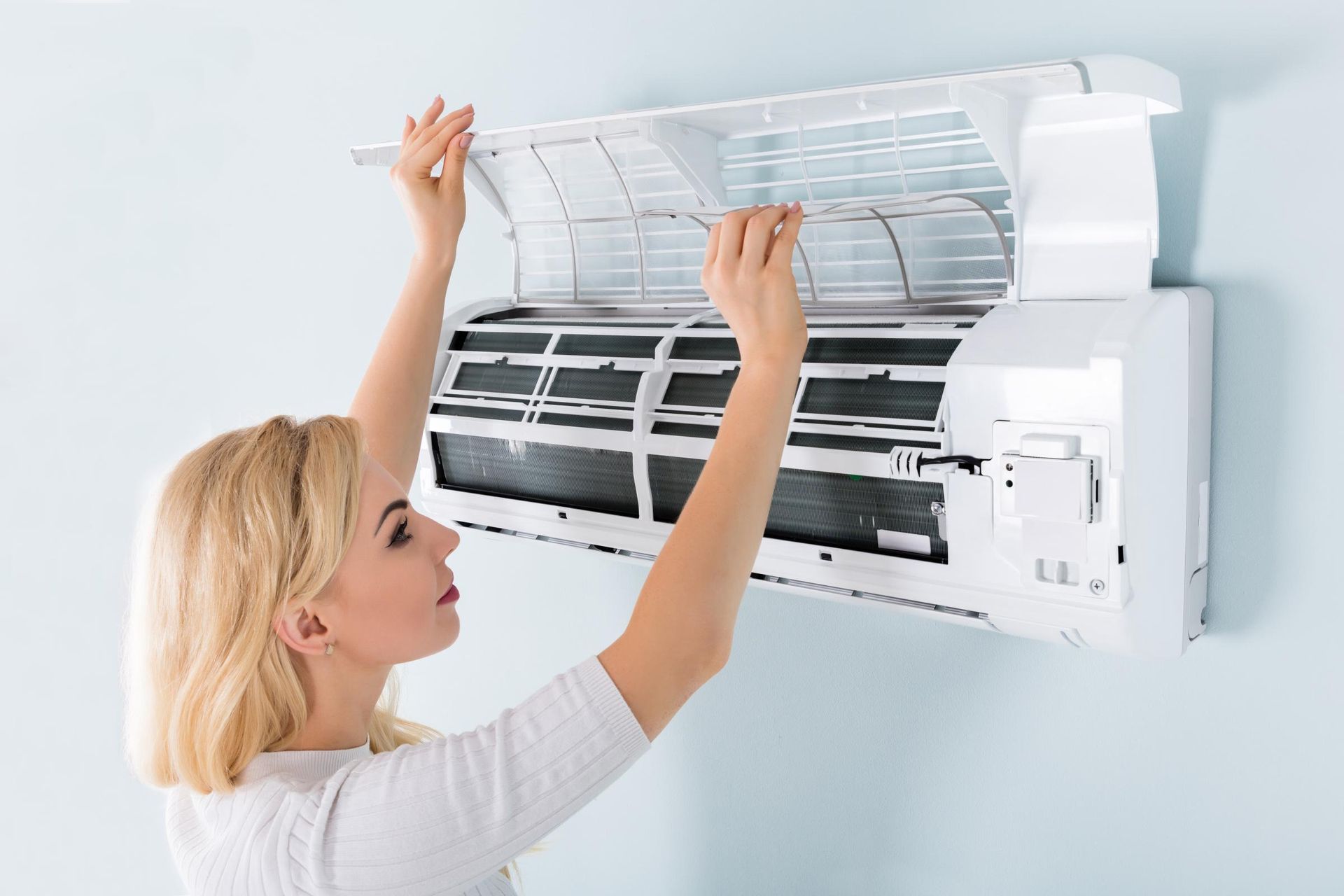
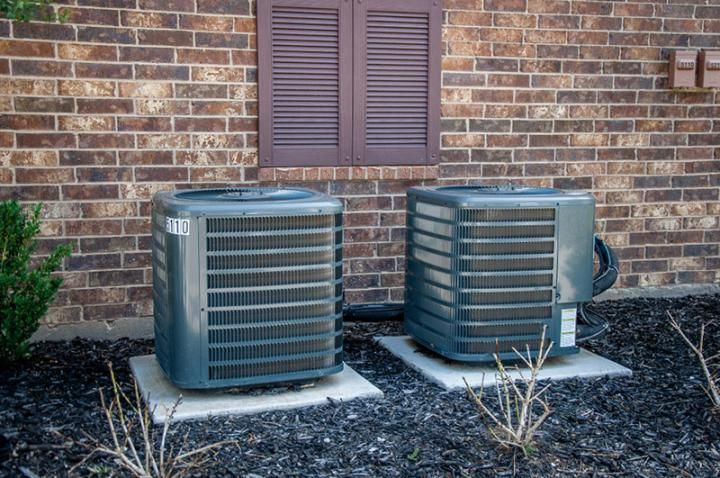

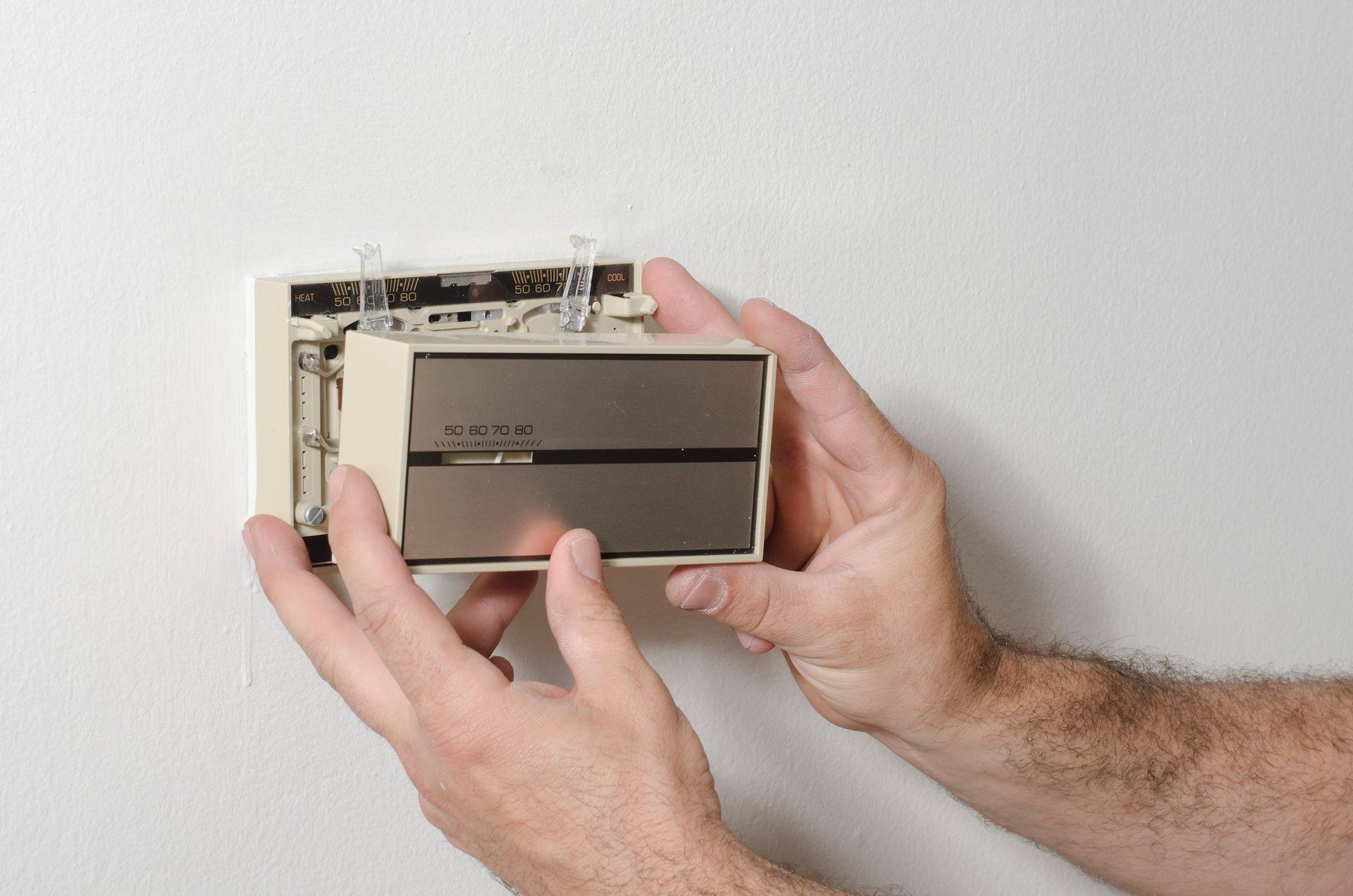

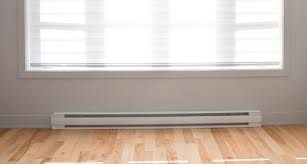
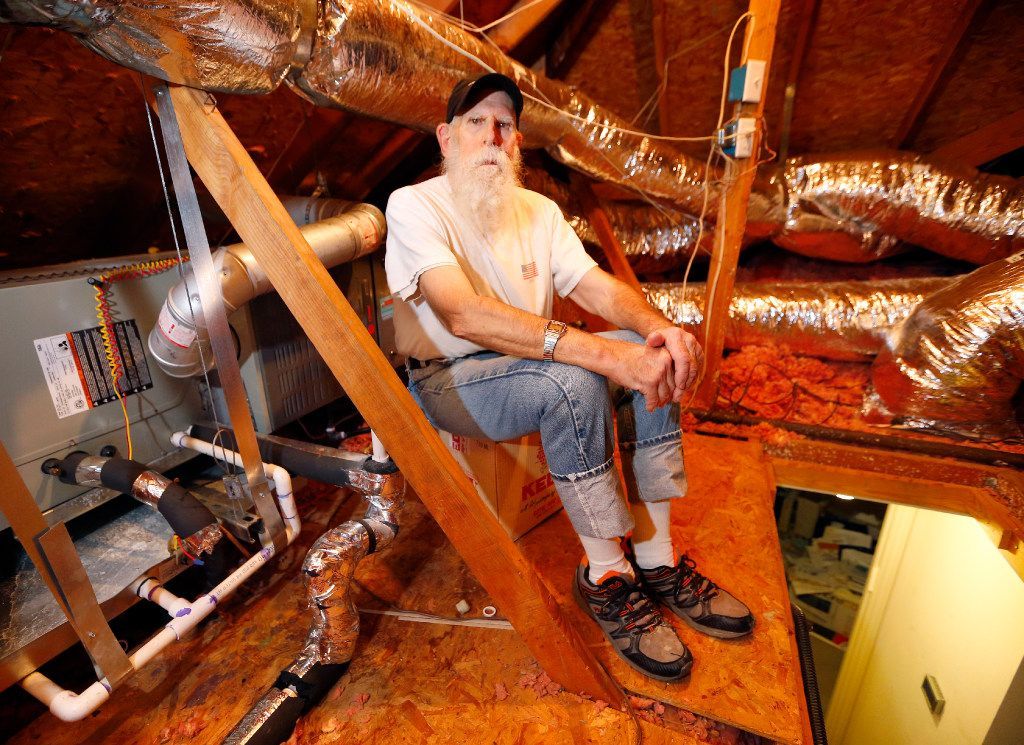

1200 Brickell Avenue Suite 1950, Miami, FL 33131
At 24/7 Local HVAC, we specialize in facilitating connections with top-tier HVAC professionals. Our focus is on bridging the gap between you and reputable HVAC companies operating within your local vicinity. It's important to emphasize that each of these HVAC entities functions independently and autonomously.
We firmly place the onus on every individual user to meticulously verify that any selected HVAC company aligns with the mandated licensing and insurance prerequisites stipulated by the governing authorities in their respective jurisdiction.
Furthermore, it's worth noting that our services may regrettably not cover all geographical areas. In instances where our services are available, the scope of offerings could potentially differ based on the composition of service providers present within that particular region.

